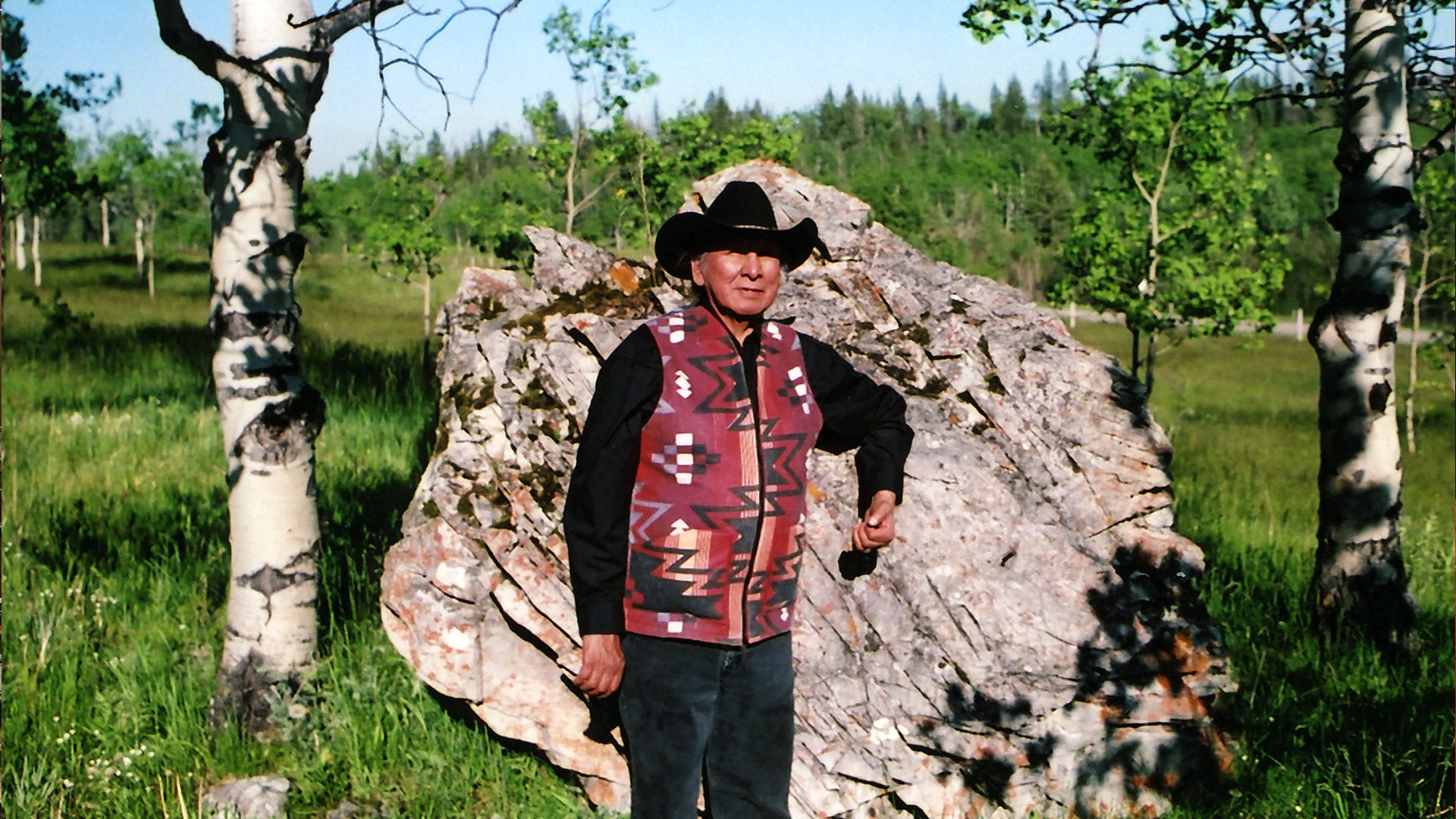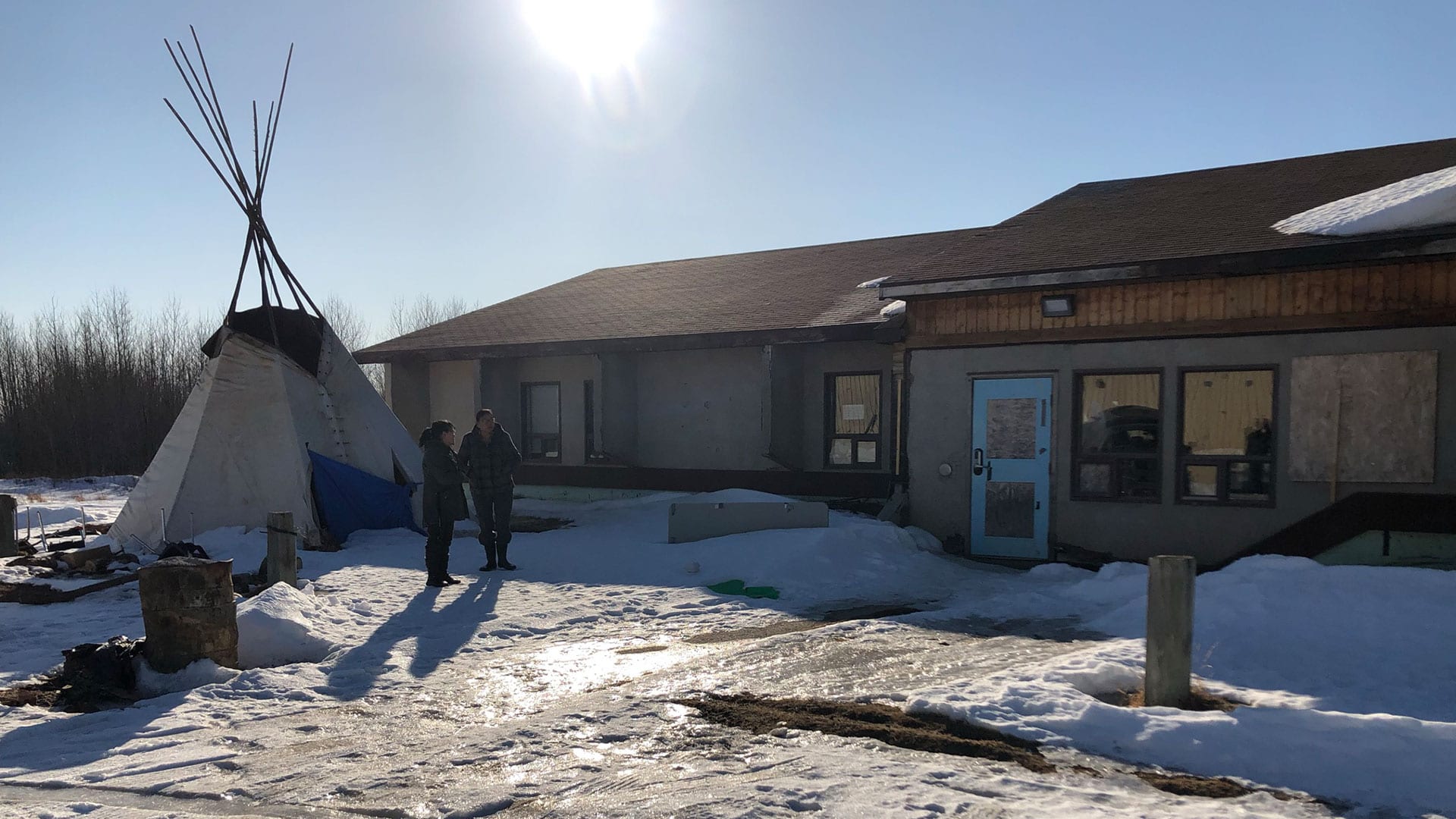Governance on First Nations in Canada is complicated.
For more than 140 years, the Indian Act has determined how First Nation communities are governed. But that colonial-era legislation replaced or suppressed governing structures that go back centuries.
Professor John Borrows, the Canada Research Chair in Indigenous Law at the University of Victoria, says those traditional structures had better systems of accountability.
“We have the opportunity through our clan structures to be able to provide checks and balances,” he says.
APTN Investigates: For Trust or Profit – Watch Part 2 here.
In mainstream Canada, institutions like appeals boards, tribunals, ombudspersons and auditors fill that role.
But for many First Nations there is only the Indian Act.
“The Indian Act extends accountability in the wrong direction,” says Borrows. “It sends it to the Indian agent and to Ottawa rather than sending it back to our people and back to our societies and back to the practices of our people.”
But what happens when leadership ignores both Indian Act and traditional accountability?
Lisa Crookedneck says her home community is suffering.
“It breaks my heart to think about back home,” she says.
She is from Ministikwan Lake Cree Nation, about 350 kilometres northwest of Saskatoon.
Members from that community held a protest in September 2020 in front of their closed down band office.
When APTN Investigates visited the community in March, there was no visible civil service or government.
“What you see here this is what we see everyday,” Ministikwan Elder Matilda Lewis told us.
Lewis is the director of the Cree Immersion school located in Minsitikwan.
She took APTN on a tour of the community.
We observed boarded up windows, seemingly abandoned homes, rough roads, an empty English language school and an empty band hall.

Wilfred Stick lives in Ministikwan. His home for the winter of 2020/21 was a camper trailer after a fire left his house gutted.
Stick doesn’t think his house will ever get repaired.
APTN tried to reach the chief of the community but did not get a response.
We spoke to one councillor, Leon Crookedneck, by phone. He confirmed there had a protest and that there hasn’t been a community meeting in months.
The History
Rachel Snow, is a member of the Wesley band in the Stoney Nation outside Calgary.
She combines her traditional teachings with a law degree and says the Indian Act chief and council system was forced on to First Nations.
The federal government’s department of Indian Affairs, through the Indian Act, has governed everything that happens on reserve since becoming law in 1876.
Snow says federal officials wouldn’t allow her father, Reverend John Snow, to speak for the community as a religious leader in 1968.
“Indian Affairs told him at the that time that you can’t. Stick to your preaching,” she says. “We only speak to elected officials.”
So the Elders asked him to run in the Indian Act election. He won, and served as chief for 24 years.

Ministikwan Lake Cree Nation uses Indian Act rules for elections. That means there is a new chief and council every two years. It also means that any concerns about elections must go to Indigenous Services Canada for investigations and appeals.
In the short two-year cycle, there have been cases where another election comes and goes with appeals of past elections still unresolved.
Many First Nations have the option of using a custom election code, meaning they can set their own rules for election frequency, appeals and nominations. This is part of a movement away from the Indian Act and toward self-government. It’s still a relatively new thing.
In 1982, Aboriginal rights were enshrined in the Constitution and many Canadians felt those rights were only about hunting, fishing and land.
But there was also the issue of self-government. In 1983, a Parliamentary report by Liberal MP Keith Penner confirmed that First Nations have a right to govern their own affairs.
The report didn’t only recommend legislation to advance self-government but also called for the end of Indian Affairs within five years.
Retired Supreme Court of Canada Justice Ian Binnie was chair of a committee dealing with Section 35 rights and saw the impact of the Penner Report.
“This is a kind of a bombshell that blows apart existing discussions,” says Binnie. “I think from 1984 onwards it was the big item but not so much before.”
Backlash
APTN receives, almost daily, many grassroots complaints and concerns by email, telephone and social media.
First Nation citizens living both on and off reserve often fear repercussions for speaking out.
Rachel Snow is being sued for defamation by the Chiniki Band of the Stoney Nation. She is a member of the Wesley band of the same nation.
The lawsuit was launched in 2018 over social media comments Snow made about proposed development that was later struck down by a referendum.
The lawsuit is still ongoing as of March 2021.
APTN reached Brian Evans, CEO of the Chiniki Band, who declined comment because the matter is still before the courts.
Criticizing government is part of democracy and the Canadian courts have ruled that governments cannot sue citizens. On previous occasions, for example, in Niagara Peninsula Conservation Authority (NPCA) v. Smith, 2017, the court says Smith, who criticized the NPCA, was engaged in communication on a matter related to public interest.
The court says, “It is a body funded by public money. Its action or inaction in its sphere of responsibility can affect the public welfare.”
Whether this extends to First Nation governments is uncertain.
A lawsuit is an extreme measure but some band members claim repercussions may also be denial of services, delays in delivery of services, or sometimes uncomfortable or violent confrontations.
Crookedneck speaks to community members back home often and hears of similar situations.
“I have Elders phoning me. I have friends phoning me [saying] ‘I’ve been fired, what do I do now?’” she says. “And I will say don’t lose hope, just do what you need to do to keep going.”
The Problem
Although accountability is elusive in some First Nation communities, it isn’t necessarily a widespread problem.
First Nations with self-government agreements or modern treaties often have democratic mechanisms built into that agreement.
Bands that opt to use a custom election code may also have appeal and complaint processes developed. But a reserve that chooses to follow the Indian Act rules leaves their citizens looking towards Ottawa.
Sometimes the courts are used by grassroots people but can be expensive.
“The courts are not the only place justice can be done. And, in fact, the way the system operates now it works a procedural injustice against people who don’t have that kind of money,” Binnie says.
Borrows says modern solutions can come from traditional inspiration.
“We could create dispute resolution structures, that is tribal courts or peacemaking courts,” he says. “So that if there’s a disagreement within our community, we could go to our own laws, go to our own processes, our principles, to be able to get this done.”
Next week on APTN Investigates, For Trust or Profit Part 2 looks further into the solutions and what self-government and success looks like for another First Nation.












